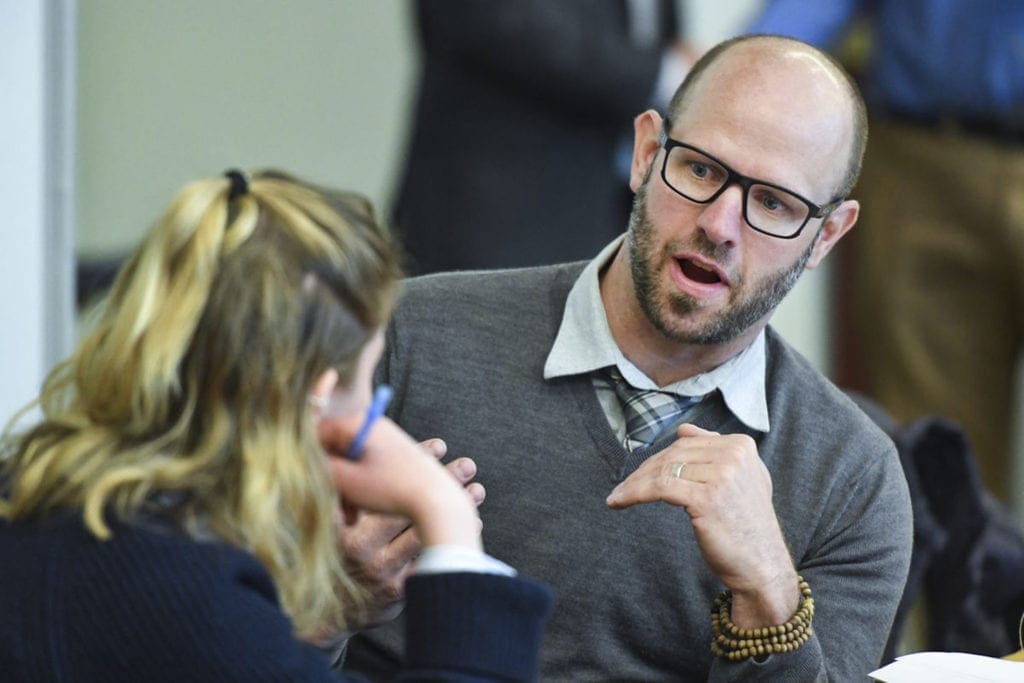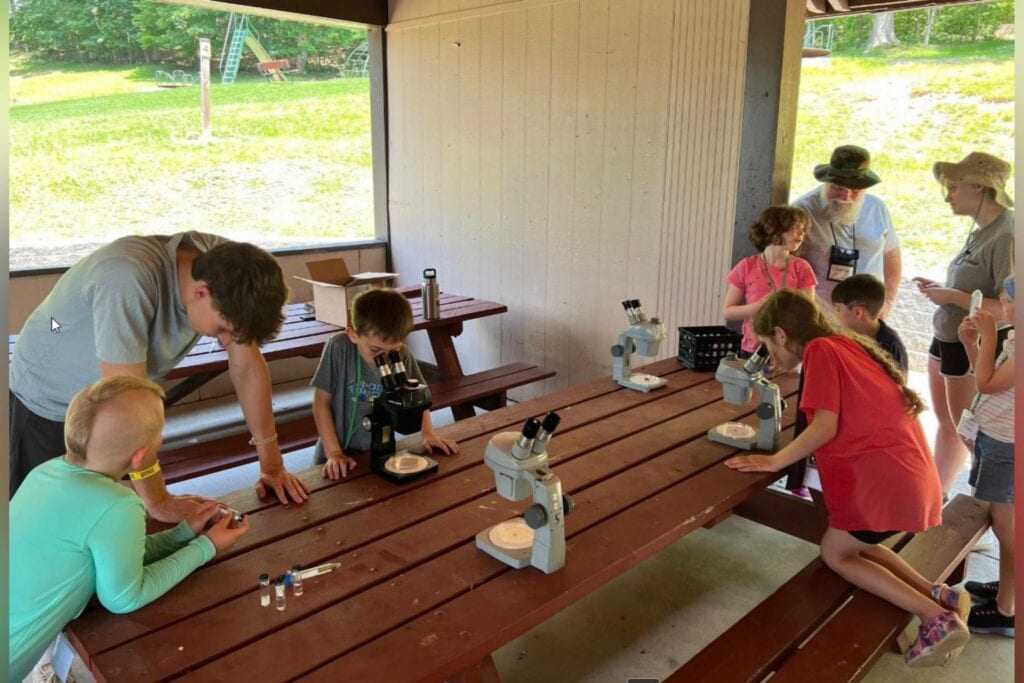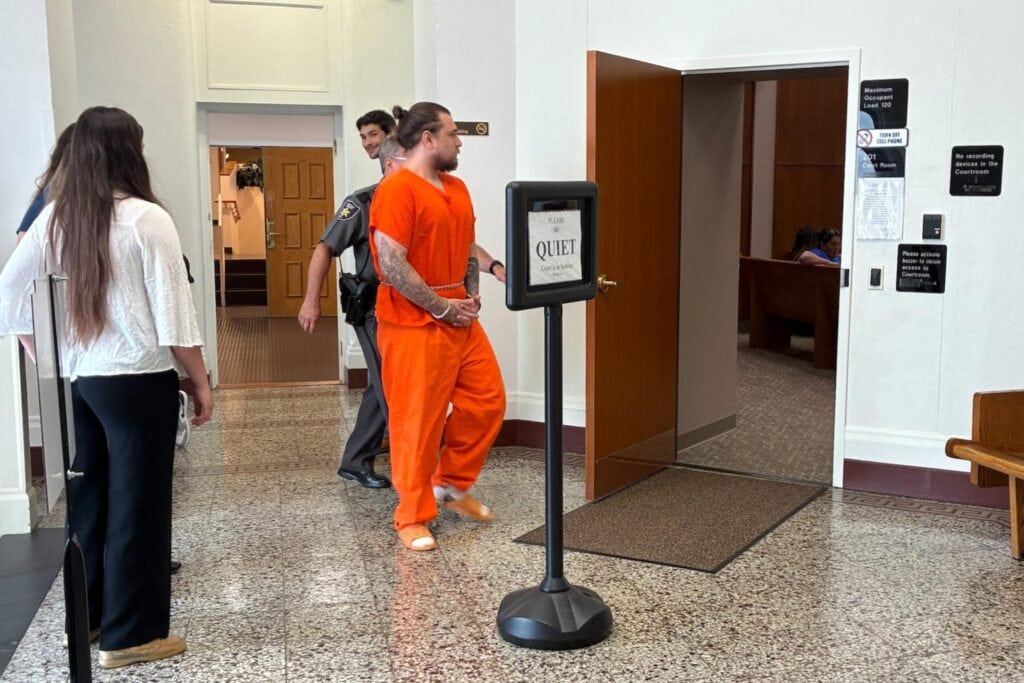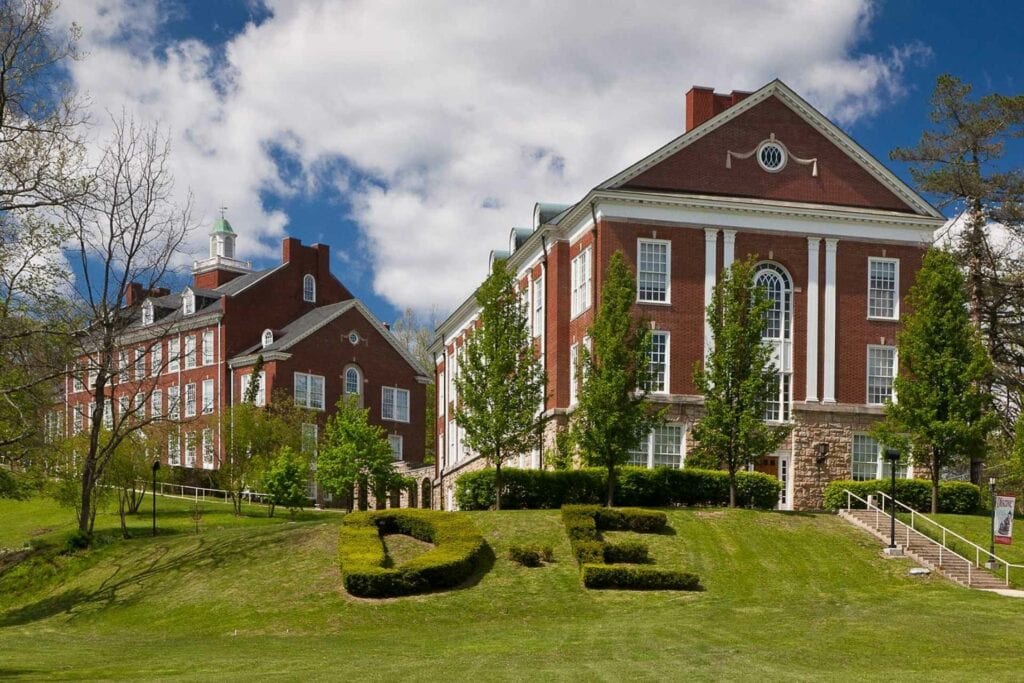Jake Stump, Director, WVU Research Communications
It’s going to rain a lot in West Virginia. It’s going to be really dry, too.
Huh?
While torrential downpours and flash flooding don’t evoke images of drought or water insecurity, those polar opposites make sense in the erratic world of a warming climate, according to West Virginia University research.
Such instability could undermine the availability of food and water in West Virginia, further challenging an already economically struggling state.
Nicolas Zegre, director of the Mountain Hydrology Laboratory at WVU, analyzed seasonal changes in water and energy balances over the Appalachian region. Zeroing in on West Virginia, he projected that the following trends could occur by the end of the 21st century:
- up to a 10-degree (Fahrenheit) jump in average temperature,
- increased evaporation along mountain ridges,
- more frequent droughts,
- a rise in extreme events (i.e. heat waves, tornadoes, flooding).
Zegre’s findings, published in the Journal of Applied Meteorology and Climatology, and funded through a National Science Foundation award to WVU, Marshall University and West Virginia State University, relied on a vast dataset featuring historical and future climate variables from 420 counties, 13 states and 20 major river basins in Appalachia. The data represents a daily timescale from 1950 to 2100 and includes climate variables such as precipitation, temperature, evaporation, wind speed and humidity. Those variables wind up playing critical roles in water security, ecosystem health and economic supply chains, Zegre said.
The 10-degree spike in temperature is a worst-case scenario, expected if the amount of carbon emissions released into the environment continue at the current rate or increase. But if reducing emissions becomes a global priority, Zegre expects average temps to jump to 5 degrees instead of 10 degrees.
“Changes of these magnitudes may seem trivial but, in fact, they are not,” said Zegre, an associate professor of forest hydrology in the Davis College of Agriculture, Natural Resources and Design.
One burning question to emerge from his research – ‘How can there be drought if flooding and heavy precipitation are expected to rise?’ – is explained by Zegre. Increased evaporation is the culprit. He compares the phenomenon of evaporation to how we sweat.
“Warmer air temperature provides more energy for evaporating water from Earth’s surface, similar to how humans sweat more on warmer days,” Zegre said. “The more energy we exert, the warmer our bodies are. We become dehydrated unless we drink more water. The same can be said for our ecosystem.
“Higher elevations are warming and drying at a faster rate. They see greater amounts of rainfall and are where streams and water sources that humanity relies on, begin. That means both precipitation and drought are expected. It’s contrary to how we think about the predictability of the climate system.”
The atmosphere expands under warmer conditions and increases the amount of water that can be stored exponentially (Think of a balloon expanding in warm air and shrinking in cooler air.). With more water stored in the atmosphere, frequent and intense storms are likely to occur, resulting in increased flooding, landslides and pollution.
Beyond these potential extreme weather events, a wealth of social problems can unfurl as a result.
Before entering academia at WVU, Zegre spent eight years in the U.S. Army and National Guard.
“I see climate change from a national security standpoint,” he said. “Climate change is a ‘threat multiplier.’ Whether it be overseas conflict or reliable water supplies locally. It exacerbates unstable situations.”
Zegre pointed at the influx of refugees flowing into Europe in recent years. The Syrian refugee crisis began after a prolonged drought collapsed that country’s agriculture economy.
“There was no water, and very extreme temperatures,” Zegre said. “As parts of the globe see more flooding and drier conditions, people seek better ways of life. Large-scale emigration from regions under threat presents very real challenges for receiving countries.”
Even the Department of Defense conducts research on how climate change influences readiness, operations and security, Zegre said.
Water insecurity is another major concern. At the Mountain Hydrology Lab, Zegre and his team focus on the implications of environmental and climate change on fresh water security in mountain regions.
Droughts and variable weather events can make clean, reliable water a valuable, possibly scarce, commodity, especially to regions drying out faster than Appalachia.
The Appalachian Mountains produce a larger amount of precipitation and streamflow than the surrounding lower lying regions. Streamflow generated in West Virginia, for example, provides fresh water to roughly nine million people (or 3 percent of the U.S. population) in the Eastern and Midwestern U.S.
Zegre hopes his research can be utilized to form policy from an impartial standpoint that enhances quality of life in West Virginia in today’s divided, partisan political world.
“Our bodies are the best environmental sensors we have,” he said. “If we’re open to observing what’s happening around us, it’s fairly obvious what is occurring.
“As a forester, I see how the growing season has changed. Our forests are putting leaves out earlier than what they used to. Anglers are seeing different insects hatching at different times. Kayakers are seeing creeks and streams flowing more often.”
As another point, Zegre compared his time as an undergraduate student at WVU in the 1990s to living in Morgantown today.
“There were hardly any mosquitoes or ticks in Morgantown in the 1990s,” he said. “Now they’re everywhere.
“Understanding climate change and its impacts is critically needed for public discourse,” he said. “It’s crucial for developing well-informed citizens and necessary for promulgating policies and practices that protect West Virginians.
“We developed this dataset with the specific goal of providing the public, educators, businesses and decision makers with easy access to data, maps, and interpretation to understand and mitigate the consequences of climate change on quality of life in West Virginia.”













